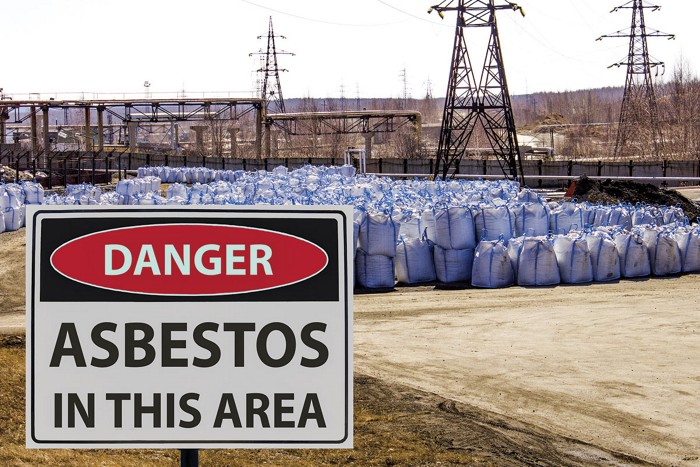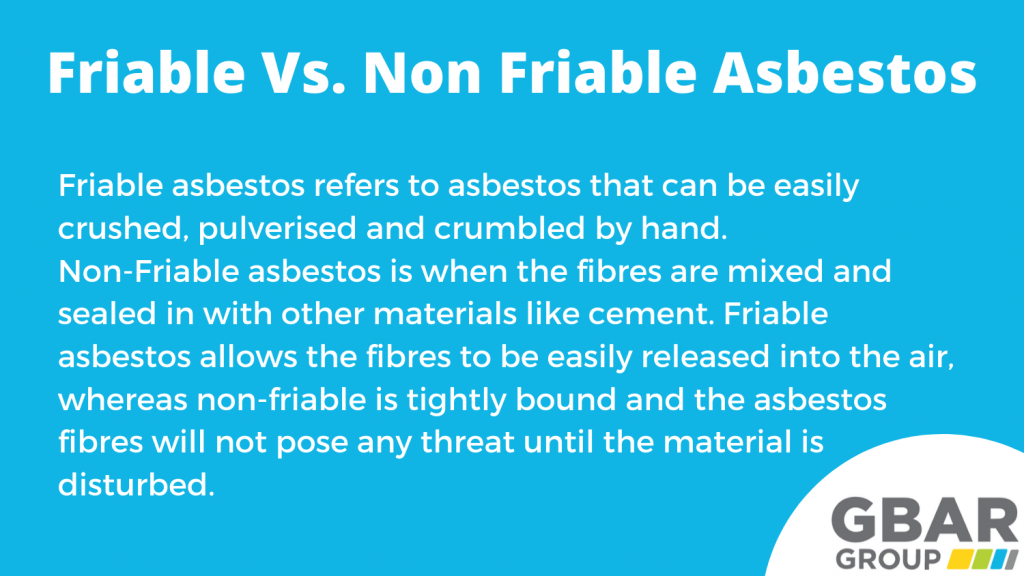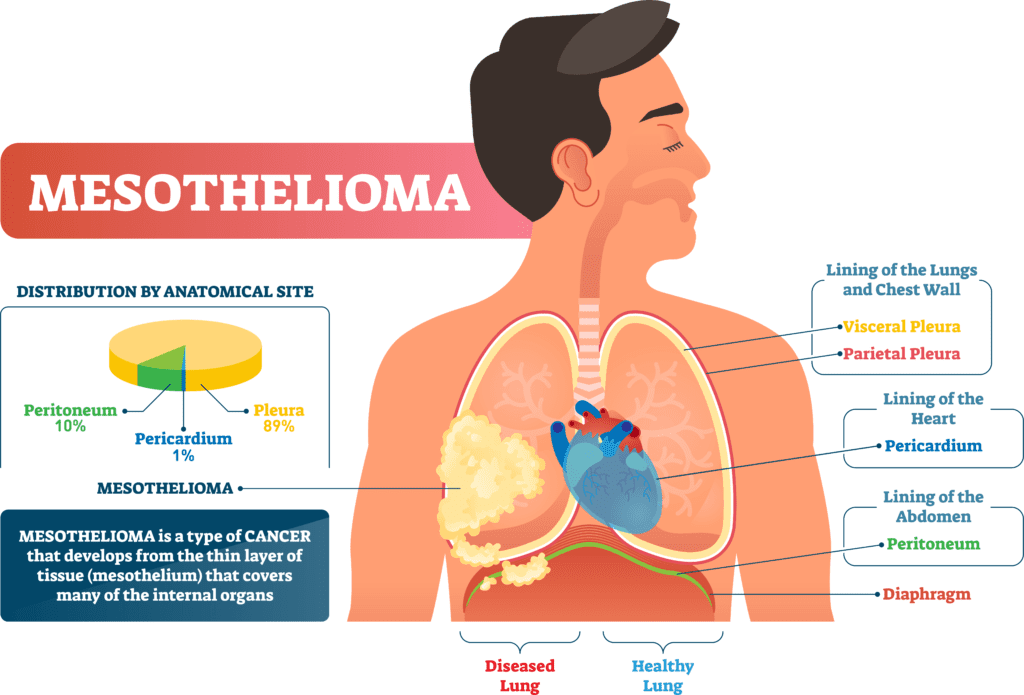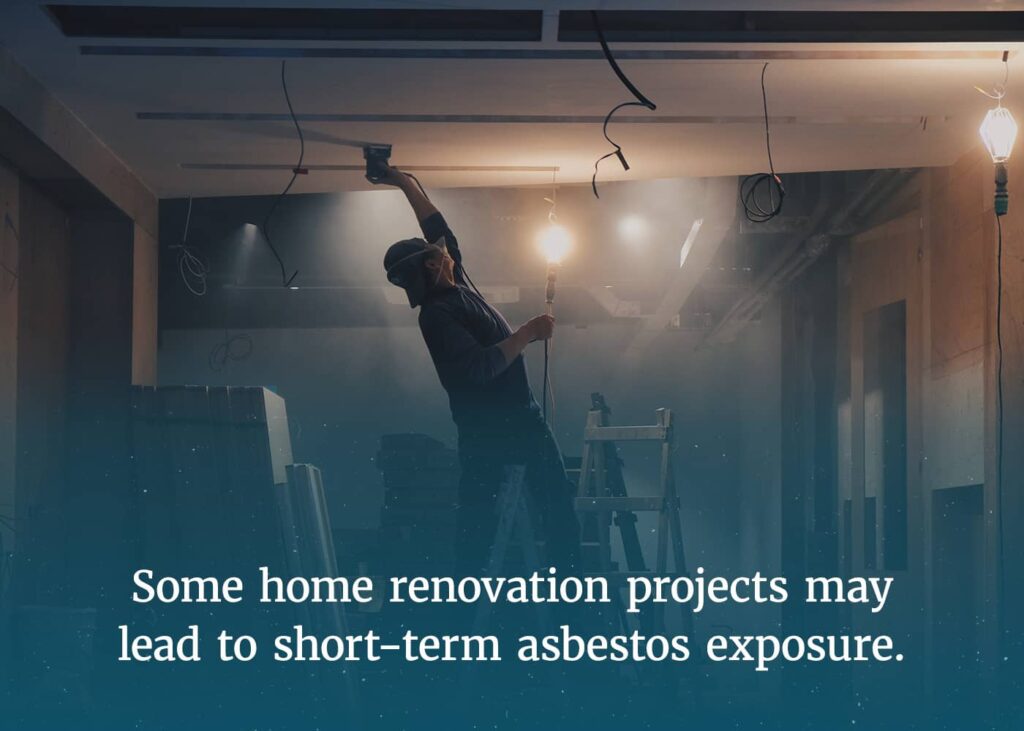Asbestos, a once widely used substance known for its heat resistance and insulation properties, has been a concern for decades due to its severe health risks. However, the question of whether asbestos is banned in the US may not have a straightforward answer. While certain uses of asbestos have been banned or limited, there are still legal loopholes and exceptions that allow for its continued presence in certain products and industries. Understanding the current regulations surrounding asbestos can shed light on the ongoing efforts to protect public health and address the potential dangers associated with this hazardous material.
Overview of Asbestos
What is asbestos?
Asbestos is a naturally occurring mineral that was widely used in various industries due to its heat resistance, strength, and durability. It consists of thin, crystalline fibers that can easily become airborne when disturbed or damaged. These fibers are invisible to the naked eye and can be inhaled or ingested by individuals, leading to serious health risks.
Common uses of asbestos
Asbestos had numerous applications across various industries, largely due to its fire-resistant properties. It was commonly used in construction materials such as insulation, roofing, flooring, and cement. In addition, asbestos was prevalent in automotive parts like brake pads and clutch facings, as well as in the manufacturing sector for items such as textiles, gaskets, and sealants.
Health risks associated with asbestos exposure
Exposure to asbestos has been linked to a range of health issues, some of which can be life-threatening. Prolonged inhalation or ingestion of asbestos fibers can cause serious conditions such as asbestosis, lung cancer, and mesothelioma. These diseases often have long latency periods, meaning symptoms may not appear until decades after exposure, making early diagnosis and prevention crucial.
History of Asbestos Regulation in the US
Early regulation efforts
The detrimental health effects of asbestos began to surface in the early 20th century, prompting initial regulation efforts in the United States. However, regulations during this period primarily focused on eliminating certain sources of airborne asbestos rather than a comprehensive ban.
The Clean Air Act
The 1970 Clean Air Act marked a significant turning point in asbestos regulation. It empowered the Environmental Protection Agency (EPA) to regulate air pollutants, including asbestos, and set standards for acceptable asbestos emission levels.
Development of asbestos regulations
Following the Clean Air Act, the EPA implemented regulations to limit asbestos exposure, particularly in occupational settings. The Occupational Safety and Health Administration (OSHA) also played a crucial role in creating workplace safety standards for asbestos handling and removal.
Attempts to ban asbestos
Despite the growing awareness of asbestos-related health risks, comprehensive efforts to ban asbestos in the United States have faced significant challenges. Various attempts to enact a complete ban on asbestos have been met with opposition, legal battles, and revisions to regulations, leaving the issue unresolved.
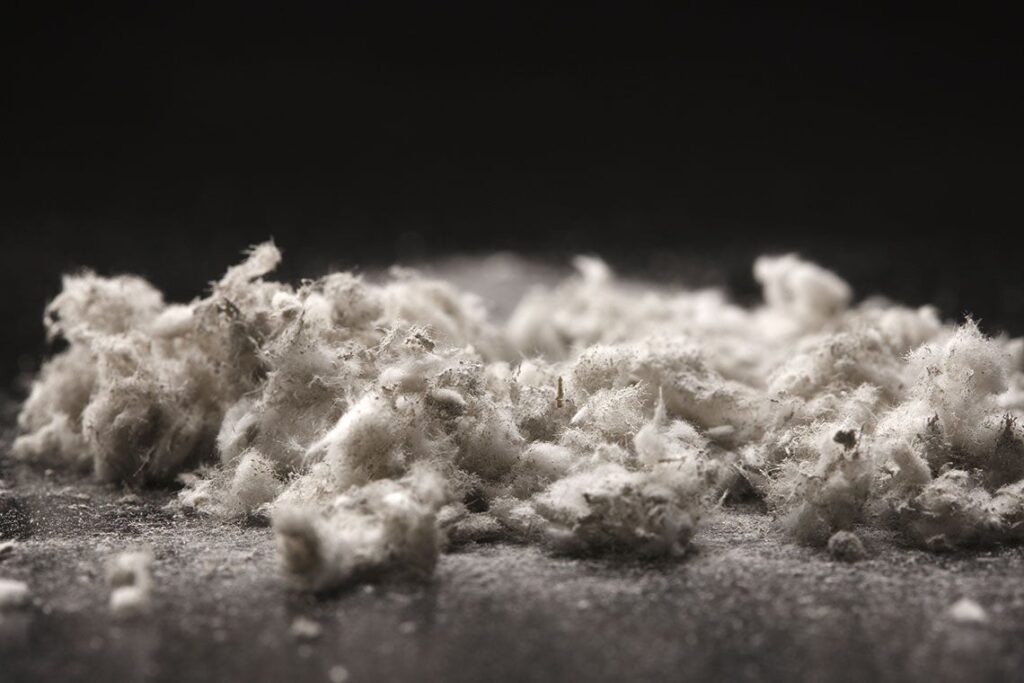

Current Legislation on Asbestos
Environmental Protection Agency (EPA)
The EPA continues to regulate asbestos under the Toxic Substances Control Act (TSCA). While not an outright ban, the EPA’s regulations aim to minimize asbestos exposure and ensure proper handling, labeling, and reporting of asbestos-containing materials.
Occupational Safety and Health Administration (OSHA)
OSHA enforces standards to protect workers from asbestos exposure in the workplace. These standards establish permissible exposure limits and require employers to implement proper protective measures and employee training programs.
Consumer Product Safety Commission (CPSC)
The CPSC regulates asbestos in consumer products, particularly those imported from countries where asbestos remains legal. It focuses on identifying and removing asbestos-containing products from the market to minimize the risk of exposure to the general public.
Asbestos Ban Attempts
The Toxic Substances Control Act (TSCA)
One significant attempt to ban asbestos occurred in 1989 when the EPA issued the Asbestos Ban and Phase-Out Rule under the TSCA. However, this rule was overturned in court due to legal challenges, and as a result, only specific asbestos-containing products were banned.
The Asbestos Ban and Phase-Out Rule
The Asbestos Ban and Phase-Out Rule aimed to ban all products that contained asbestos. It included provisions for specific exemptions, such as asbestos used in gaskets and brakes. However, these exemptions were considered controversial, and legal proceedings ultimately led to the rule being overturned.
Court challenges and revisions
Various court challenges and revisions to asbestos regulations have hindered the implementation of an outright ban. These legal battles have often revolved around the interpretation of scientific evidence, economic considerations, and the feasibility of asbestos alternatives.
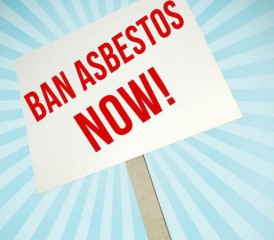

Asbestos Ban Worldwide
International asbestos bans
Many countries around the world have completely banned the use of asbestos, recognizing the severe health risks associated with exposure. Nations such as Australia, Canada, and several European countries have implemented comprehensive bans to protect their populations from asbestos-related illnesses.
Comparison with US regulations
Compared to other countries, the United States has not enacted a complete ban on asbestos. While efforts have been made to regulate its use, importation, and handling, there is ongoing debate regarding the necessity and feasibility of a total ban.
Controversy and Challenges
Industry opposition
Historically, industries that rely on asbestos have opposed bans due to economic considerations. Especially during the early phases of asbestos regulation, companies argued that a ban would lead to business closures and job losses. Balancing economic interests with public health concerns has been a significant challenge in the asbestos debate.
Economic considerations
Critics of an asbestos ban often cite the potential economic impact on businesses, particularly those involved in industries heavily reliant on asbestos. The costs associated with asbestos removal, finding alternatives, and potential job losses are factors that have contributed to the ongoing controversy surrounding a comprehensive ban.
Health advocacy and public opinion
Health advocacy groups, scientists, and individuals directly affected by asbestos-related diseases have been strong proponents of a complete ban. Their efforts to raise awareness about the dangers of asbestos and the importance of prevention remain integral to the ongoing discussions and eventual resolutions.
Future outlook
The future of asbestos regulation and bans in the United States remains uncertain. Balancing economic considerations, scientific evidence, and public health concerns will continue to shape the ongoing debates and decision-making processes. Collaborative efforts between industry, government, and advocacy groups will likely play a crucial role in determining the best course of action moving forward.
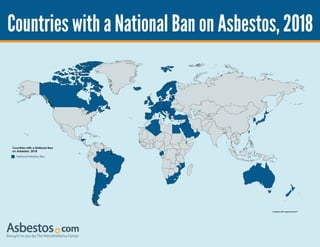

Health Risks and Asbestos Exposure
Asbestosis
Asbestosis is a chronic lung disease caused by prolonged exposure to asbestos fibers. Inhaling asbestos fibers leads to the formation of scar tissue in the lungs, impairing their ability to function properly. Symptoms of asbestosis include persistent coughing, shortness of breath, and chest pain. The disease can progressively worsen over time, impacting an individual’s quality of life.
Lung cancer
Exposure to asbestos significantly increases the risk of developing lung cancer. Asbestos fibers can irritate and damage lung cells, potentially leading to the development of cancerous tumors. It is important to note that smoking in combination with asbestos exposure greatly amplifies the risk of lung cancer.
Mesothelioma
Mesothelioma is a rare and aggressive cancer that primarily affects the lining of the lungs, abdomen, or heart. It is almost exclusively caused by exposure to asbestos fibers. Unfortunately, mesothelioma is often diagnosed at an advanced stage, making it challenging to treat effectively. The prognosis for mesothelioma is generally poor, emphasizing the crucial need for prevention and early detection.
Asbestos Regulations in Different Industries
Construction and renovation
The construction industry has historically used asbestos in various applications, making proper regulation and handling essential. Specific regulations dictate measures for asbestos inspections, containment, removal, and disposal during construction and renovation projects to protect both workers and residents.
Automotive industry
Asbestos was commonly used in automotive brakes and clutches due to its heat-resistant properties. However, regulations such as the OSHA standard for automotive brake work and the EPA’s focus on imported asbestos-containing products have aimed to minimize the risk of exposure in this industry.
Manufacturing sector
Asbestos-containing materials were prevalent in manufacturing sectors, such as textiles, gaskets, and sealants. Proper regulation and monitoring of these industries ensure that workers are protected from asbestos exposure by implementing safety protocols and limiting the use of asbestos-containing materials.
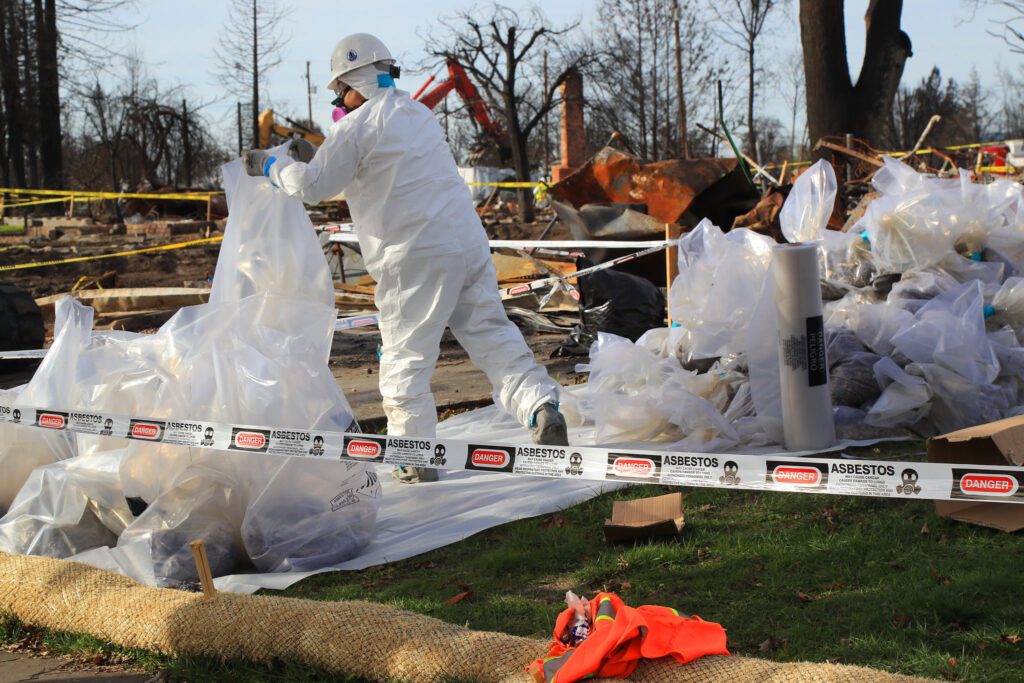

Asbestos Removal and Remediation
Safe handling and disposal procedures
Asbestos removal and remediation require strict adherence to safety protocols to prevent the release of asbestos fibers. Trained professionals utilize specialized containment systems, protective clothing, and equipment to minimize the risk of exposure. Proper disposal procedures ensure the safe management of asbestos waste to prevent recontamination.
Professional asbestos removal
Due to the significant health risks associated with asbestos removal, it is strongly recommended to hire trained professionals for this task. Licensed asbestos abatement contractors possess the required expertise and certifications to safely and efficiently remove asbestos, minimizing the risk of exposure to both themselves and others.
Concerns and precautions
When dealing with potential asbestos-containing materials, several precautions should be taken to minimize the risk of exposure. These include avoiding direct contact, using appropriate personal protective equipment, and consulting professionals for inspections and testing before initiating any construction or renovation work.
Efforts to Raise Awareness
Educational campaigns
Numerous organizations and government agencies conduct educational campaigns to raise awareness about asbestos-related health risks. These initiatives aim to inform the public, workers, and industries about the dangers of asbestos exposure, proper handling procedures, and the importance of prevention.
Promotion of asbestos-free alternatives
An essential aspect of raising awareness about asbestos involves promoting the use of safe alternatives. Asbestos-free materials and products that provide similar properties and functionality are gradually replacing their asbestos counterparts. This shift promotes safer environments and reduces the demand for asbestos-containing products.
In conclusion, asbestos remains a significant concern due to its potential health risks. While regulations and efforts to limit exposure have been implemented, a comprehensive ban on asbestos in the United States has not yet been achieved. The ongoing debates surrounding economic considerations, scientific evidence, and public health concerns will continue to shape the future of asbestos regulation. Ensuring proper handling, awareness, and education are crucial in minimizing the risks posed by asbestos exposure and protecting public health.


